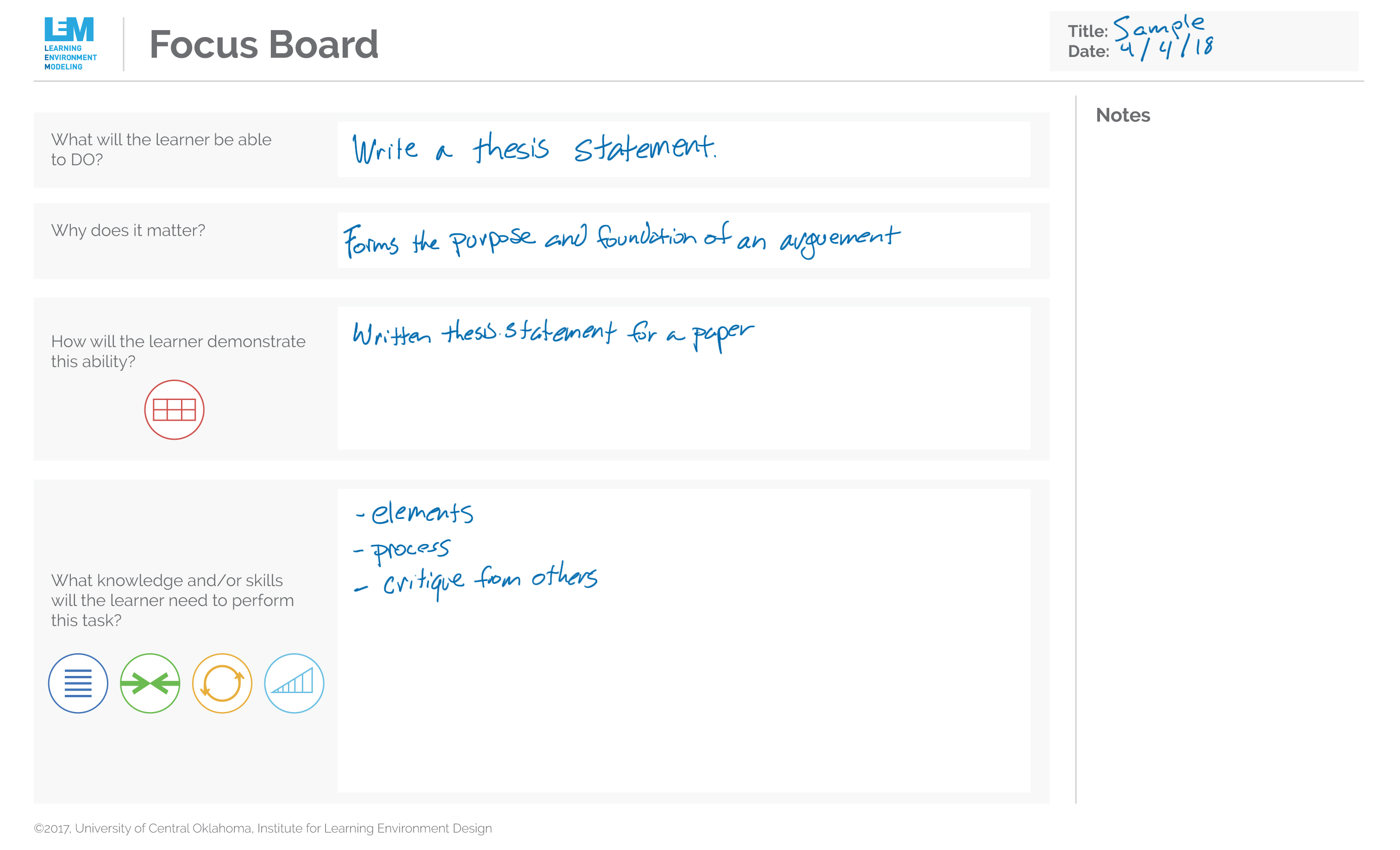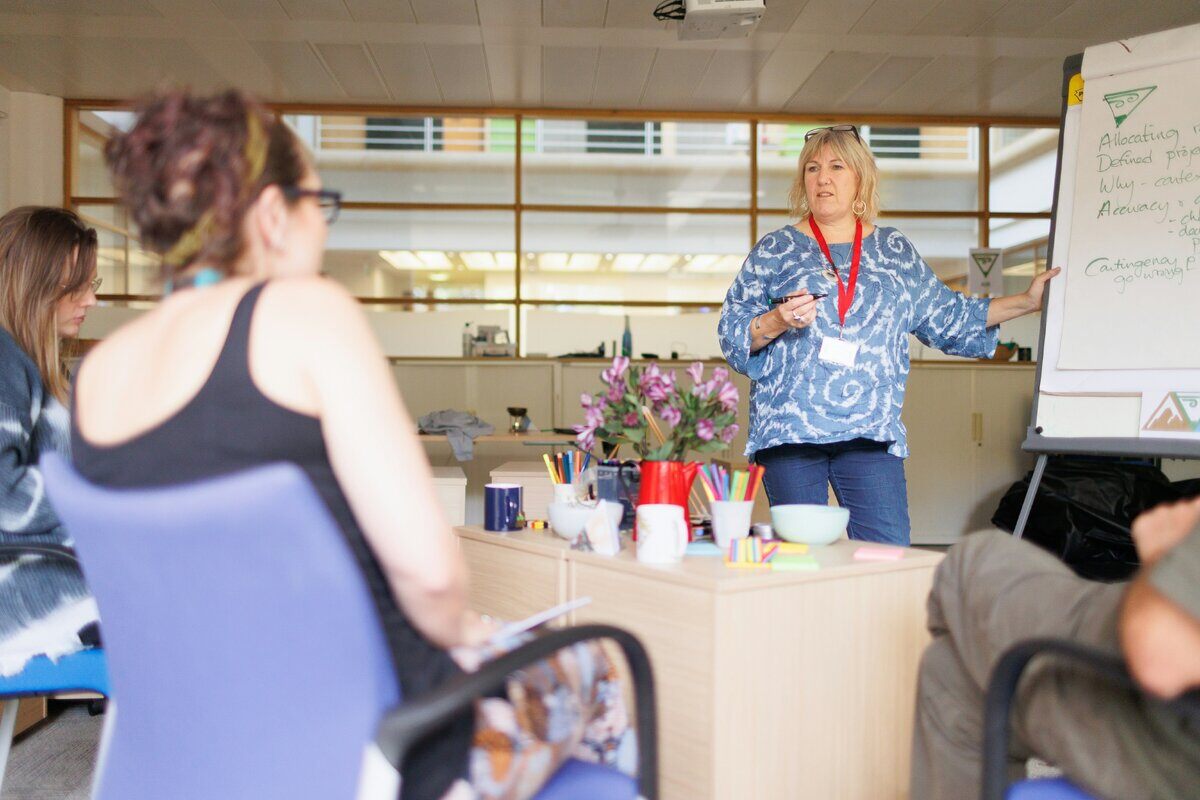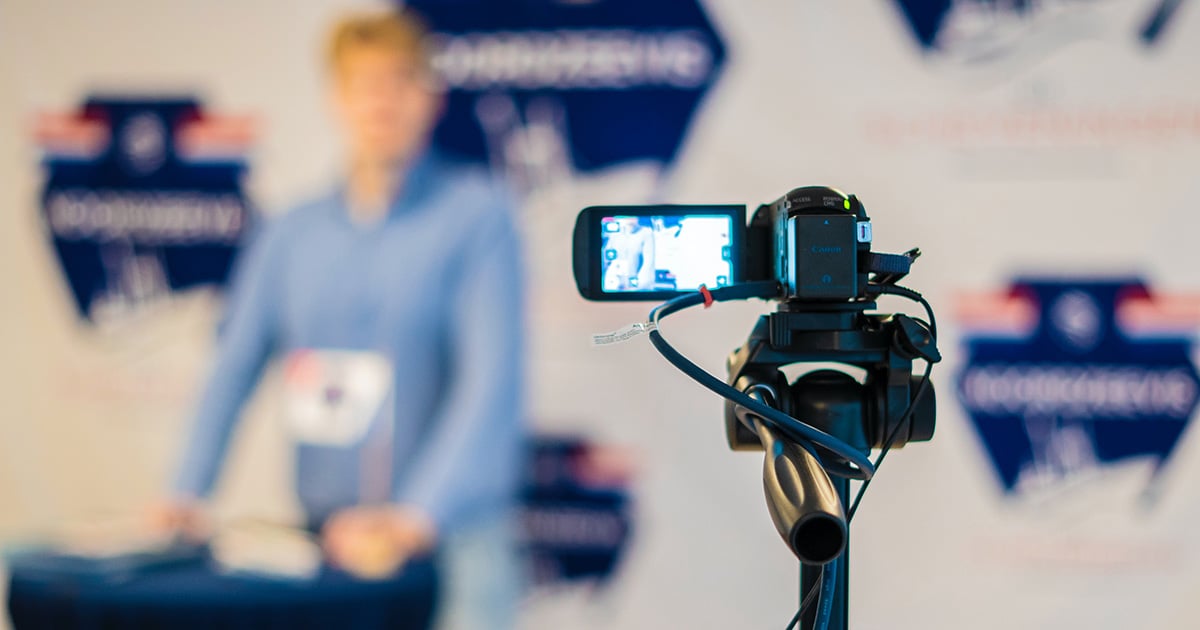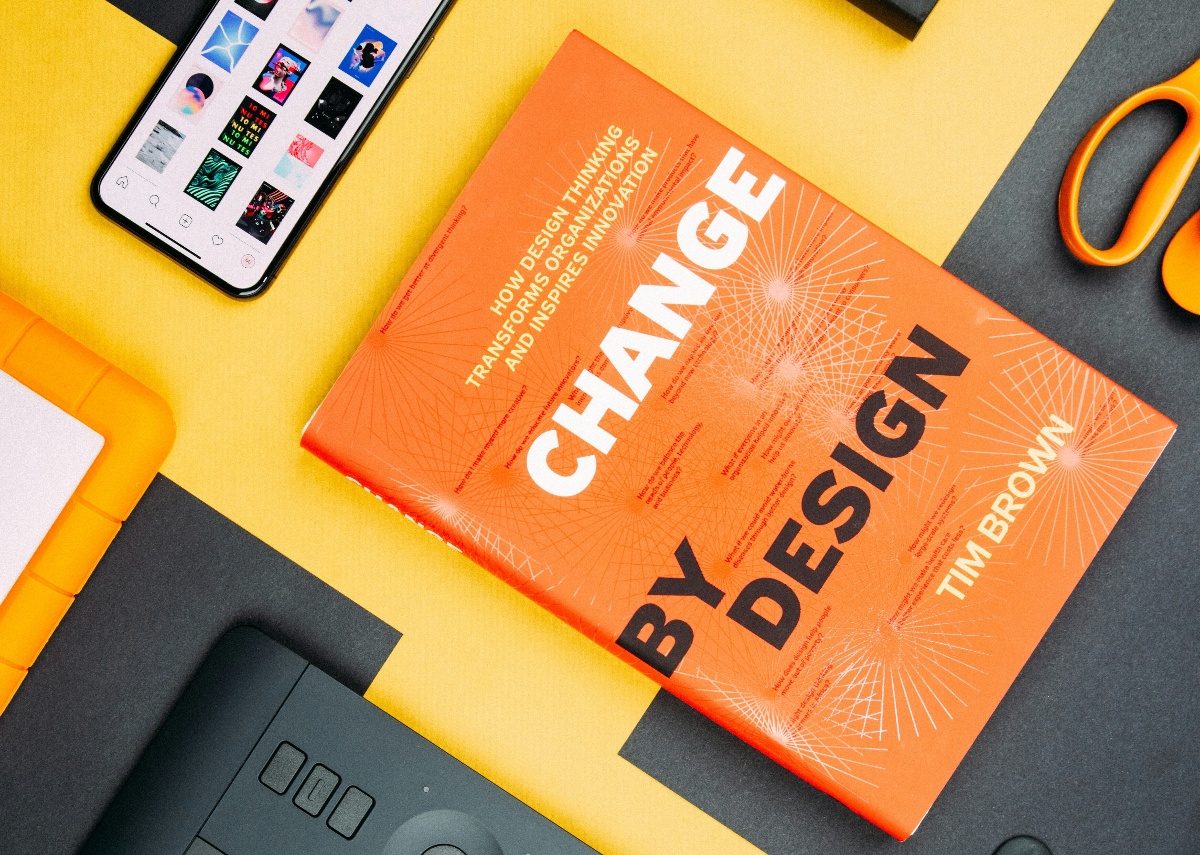
The Critical Questions of Learning Environment Design – Part II
In this blog series, I am exploring four critical questions presented by Jackie Booth in the Learning Solutions article titled “Why Instructional Design Matters in eLearning”. I have chosen to approach these questions by examining visualization tools that can help designers answer these questions in efficient and effective ways.
In Part I of this series, I looked at the question of knowing who learners are in an environment and their characteristics.
In Part II of this blog series, I discuss the question: “What knowledge or skills should the learner know or demonstrate at the conclusion of the program?”
The Art of Designing with Learning Outcomes
The phase: “after completing this course, you will be able to…” is the too common phrase that begins so many learning experiences. While notifying people what they should be able to learn is positive, the reality is learning objectives should serve a much more fundamental purpose in the design of learning environments.
A learning objective should establish the direction and focus for a learning environment and drive the selection of strategies for helping people learn. Many learning objectives use action verbs that aim to communicate a certain behavior change. These phrases tend to be worded so precisely that they can often lose practical importance and value.
The real value in using learning objectives is to provide a goal and guide for supporting learning experiences.
The Focus Board
One way learning objectives can be visualized is by using a tool called the Focus Board. This visual canvas is used to organize key information about learning experiences while also aligning these elements to design considerations of learning environments.
The Focus Board is used for tuning a unit or section of instruction and outlines the essential elements needed to advance the achievement of the learning objectives.

This example of a Focus Board shows the alignment between an initial learning goal (objective) and the essential elements needed to measure and support learners. The visual presentation of this information enables collaboration and understanding of what the learning environment is designed to achieve. It also aligns these elements with the Learning Environment Modeling™ Language which provides a starting point for creating visual system models of learning environments.
Summary
Providing learners with clear and actionable goals have long been pillars of effective instructional design. This emphasis on learning objectives and outcomes provides the focus needed to ensure learning environments are purposeful.
In this post, I explored the role of learning outcomes and described how the Focus Board can visualize essential information needed to plan and organize learning experiences.
The next post in this series builds on the discussion of learning objectives by exploring strategies and techniques for presenting information and supporting experiences that promote learning.
For more information and resources…
For more information and resources on using visualization to support instructional design, visit http://iled.uco.edu.
Subscribe To Our Blog
Most Popular
Post By Topic
- associations (2)
- blended learning (2)
- CLEA (3)
- community of practice (1)
- Continuous Improvement (1)
- covid (1)
- culture (1)
- customer engagement (1)
- Design Studio Session (7)
- designcast (2)
- E-Learning (2)
- engagement (1)
- equity (1)
- ILED (6)
- ILED Designcasts (4)
- Innovation (4)
- learning design (25)
- learning enviroments (22)
- learning innovation, (4)
- Learning Strategy (8)
- LEM Techniques (3)
- micro-credential (17)
- Powered by LEM (5)
- professional learner (2)
- Show Notes (4)
- Skills Gap (2)
- technology (3)
- Uncategorized (11)
- video (1)
- visualization (10)
- Workshops (1)





